



The government removed 2.25 crore ineligible beneficiaries using Aadhaar-seeding and data analytics to curb leakage and improve targeting. The move supports fiscal prudence and Shanta Kumar Committee reforms but risks excluding deserving people, making strong grievance systems and an updated coverage cap essential to protect the right to food.
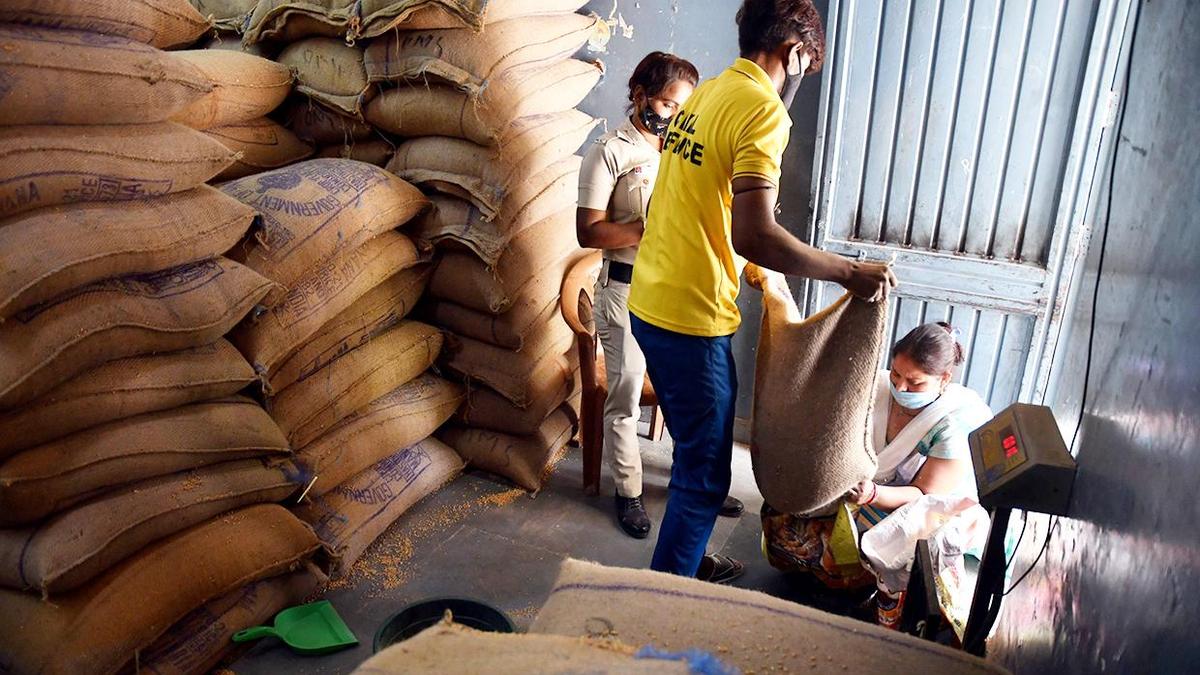
Copyright infringement not intended
Picture Courtesy: THE HINDU
The Union Government has removed about 2.25 crore ineligible beneficiaries from the free food grain scheme as part of an ongoing effort to cleanse the database and improve subsidy targeting.
|
Read all about: Right to Food & Struggle with PDS l Diversification of Food Production l Public Distribution System (PDS) Reform |
Food security is built on four core pillars: availability, access, utilization, and stability.
Availability: Ensuring a stable, sufficient food supply via domestic production or imports.
Access: Addresses the economic and physical ability of individuals and households to access food.
|
|
||
|
Nature of Approach |
A rights-based entitlement, making food security a legal right. |
A welfare scheme providing an additional layer of food security. |
|
Coverage |
Legally covers up to 75% of the rural and 50% of the urban population, covering approx. 81.35 crore people based on the 2011 Census. |
Provides benefits to all beneficiaries covered under the NFSA. |
|
Entitlement |
|
Provides an additional 5 kg of free foodgrains per person/month, over and above the NFSA quota. |
Utilization: Depends on diet, sanitation, and health.
Stability: Ensure a reliable food supply
Aadhaar Seeding and e-KYC
Aadhaar-seeding is key to cleaning up ration cards, with nearly 99.8% linked by early 2025, helping eliminate duplicates and ghost beneficiaries. (Source: PIB)
Data Analytics
The Centre cross-verifies PDS data with other government databases (Income Tax, Road Transport, etc.) to flag potentially ineligible individuals, whom states then verify on the ground.
State-led Verification Drives
State governments conduct physical verification drives to validate beneficiary lists. For example, Maharashtra launched a special drive to screen beneficiaries and update lists based on current income.
One Nation One Ration Card (ONORC)
ONORC is now implemented across all States and UTs, enabling beneficiaries, especially migrant workers, to access food entitlements from any FPS in India. This also aids in creating a dynamic database and reducing duplication.
Tackling Inclusion Errors
Subsidy leakage occurs because many ineligible individuals, such as "ghost" beneficiaries (deceased, migrated) or those exceeding criteria (e.g., government employees, income tax payees), remain on the list.
Ensuring Fiscal Prudence
The food subsidy is a major government expenditure, budgeted at ₹2.03 lakh crore for 2025-26 (Source: Union Budget). Removing ineligible names ensures the sustainability of food security programs by curbing wasteful spending.
Creating Space for Eligible Beneficiaries
NFSA coverage, capped by the 2011 Census, excludes many due to population growth. Removing ineligible names allows states to add genuinely poor households within the legal quota.
Aligning with Expert Recommendations
The Shanta Kumar Committee (2015) suggested improving PDS targeting by reducing coverage from 67% to 40% of the population, focusing on the most vulnerable.
The over-reliance on technology risks excluding genuine beneficiaries from the NFSA due to Biometric Failures (e.g., worn fingerprints of laborers/elderly), Connectivity Issues in remote areas, and Administrative Hurdles (documentation errors).
Outdated Coverage Cap based on the 2011 Census. The Supreme Court has repeatedly directed the Union government to update coverage, stressing that the Right to Food (under Article 21) cannot be restricted by decade-old data.
Weak Grievance Redressal Mechanisms turning procedural errors into survival crises for the most marginalized.
Update NFSA Coverage: The government must develop a mechanism to update state-wise beneficiary quotas based on current population projections, as advised by the Supreme Court.
Strengthen Grievance Redressal: Establish accessible, time-bound, and effective grievance redressal mechanisms at the block and panchayat levels to provide a safety net for those who may be wrongfully excluded.
Adopt a Human-Centric Technology Model: While leveraging technology, ensure there are provisions for manual overrides and alternative verification methods in case of biometric or network failures.
Promote Dynamic Verification: The process of updating beneficiary lists should be a continuous and dynamic exercise, not a one-time drive, to keep the system responsive to changes in families' socio-economic status.
PDS beneficiary list cleanup is vital for fiscal discipline and targeted subsidies, but needs cautious, humane implementation, to ensure a leak-proof, inclusive food security system balancing efficiency with the Right to Food for all citizens.
Source: THE HINDU
|
PRACTICE QUESTION Q. "While technology-driven reforms like Aadhaar-seeding aim to improve PDS efficiency, they also risk exacerbating exclusion." Discuss. 150 words |
The government removed these beneficiaries to address "inclusion errors" in the Public Distribution System (PDS). Many individuals on the list were ineligible due to death, migration, or improved economic status (e.g., income tax payees, government employees). This cleanup aims to reduce subsidy leakage, ensure fiscal discipline, and make space for genuinely poor families who are currently on the waiting list.
The identification process is a technology-driven effort led by the Centre and states. Key methods include:
Sometimes genuine and deserving beneficiaries are wrongly removed from the list. This can happen due to technology-related issues like biometric authentication failures (especially for the elderly and manual labourers), poor internet connectivity, or data entry errors. Without a robust and accessible grievance redressal mechanism, such errors can deny vulnerable individuals their legal right to food.
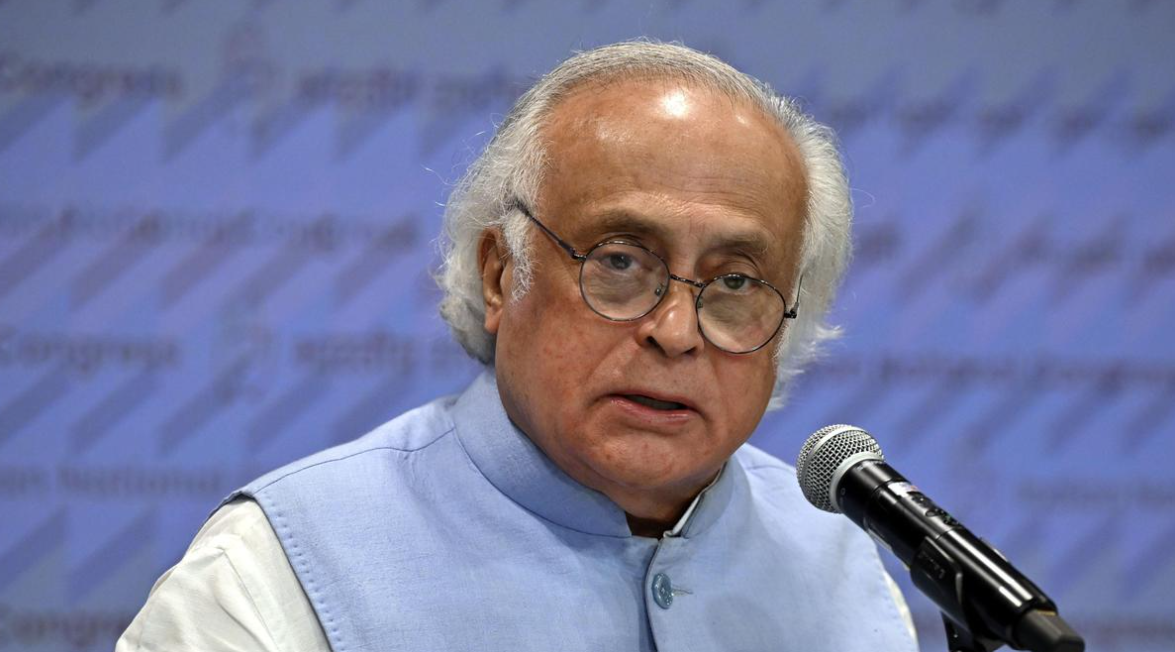
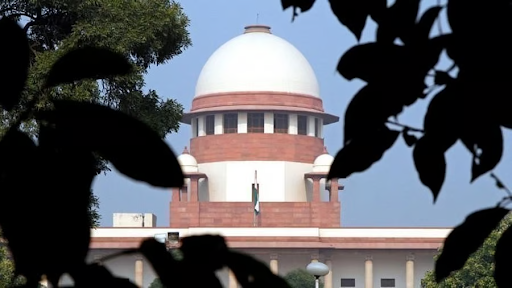
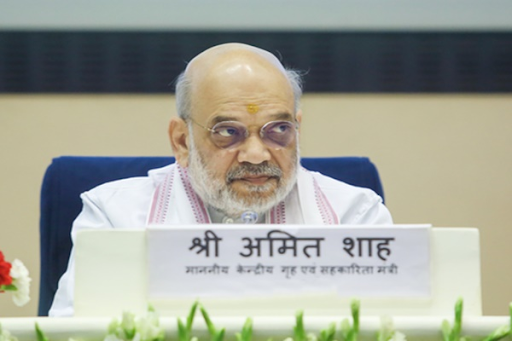
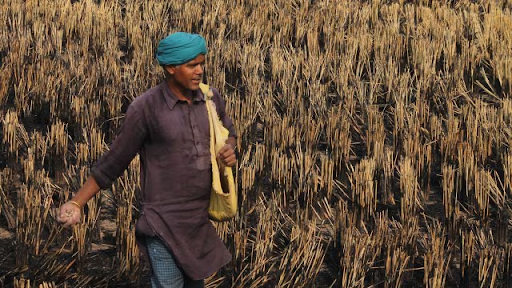
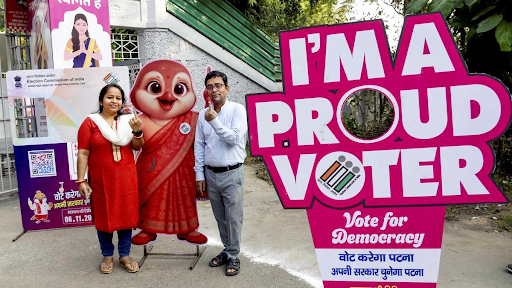
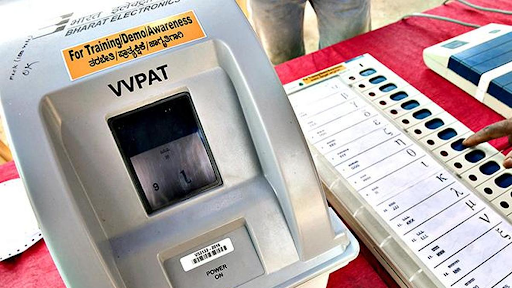


© 2025 iasgyan. All right reserved